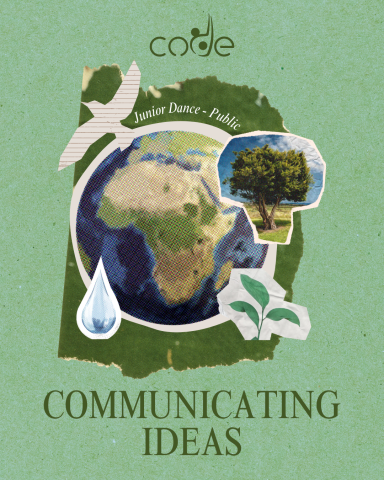
Unit Overview

Beginning with an exploration of the elements of time and energy, students have the opportunity to work in groups to create the components of a thunderstorm (wind, rain, thunder and lightning). Building on these skills, students will then investigate how to convey animals and their interactions with the environment through the elements of dance and narrative form. In the third lesson, students will use flocking to explore human interaction with animals and the impact humans can have on animals and their environment. In the last lesson, students will apply their understanding of narrative form and the elements of dance to create a group dance piece that conveys a particular emotion.
Unit Guiding Questions
How can the elements of dance and choreographic forms be used to communicate ideas in a dance piece?
Assessment and Evaluation: How will students demonstrate their learning?
Assessment for Learning
Lesson 1/Checkpoint #1
Observation
Side coaching
Discussion
Lesson 2/Checkpoint #2
Reflection
Discussion
Side-coaching
Lesson 3/Checkpoint #3
Discussion
Observation
Side-coaching
Exit card
Lesson 4/Checkpoint #4
Observation
Side-coaching
Co-constructing criteria
Assessment of learning
Culminating Performance Task
The final dance piece will be evaluated using a rubric.
Unit Lessons: How will assessment and instruction be organized for learning?
Lesson
Focus
Lesson 1
Weather and Movement
Students will work in small groups to create the components of a thunderstorm (wind, rain, thunder and lightning) using the elements of dance. The small groups will then be combined (wind and rain together, thunder and lightning together) and students will explore the element of relationship as they rework their dance piece to include two components of the thunderstorm. As an extension, the class could work together to create a dance piece that combines all 4 components of a thunderstorm.
Approx. 75 minutes
Lesson 2
Animals and Movement
In this lesson, students will use the elements of dance and narrative form to explore the concept of the food chain and how animals are dependent on their habitats for survival.
Approx. 100 minutes
Lesson 3
Human Impact on Relationships within Habitats
Using the text The Great Kapok Tree as a springboard, students will use flocking to explore human impact on the natural world.
Approx. 100 minutes
Lesson 4
Feelings and Representations
Building on what they have learned in the first three lessons, students will use the elements of dance and narrative form to explore an emotion and, ultimately create a dance piece that conveys their chosen emotion to the audience.
Approx. 100-150 minutes
